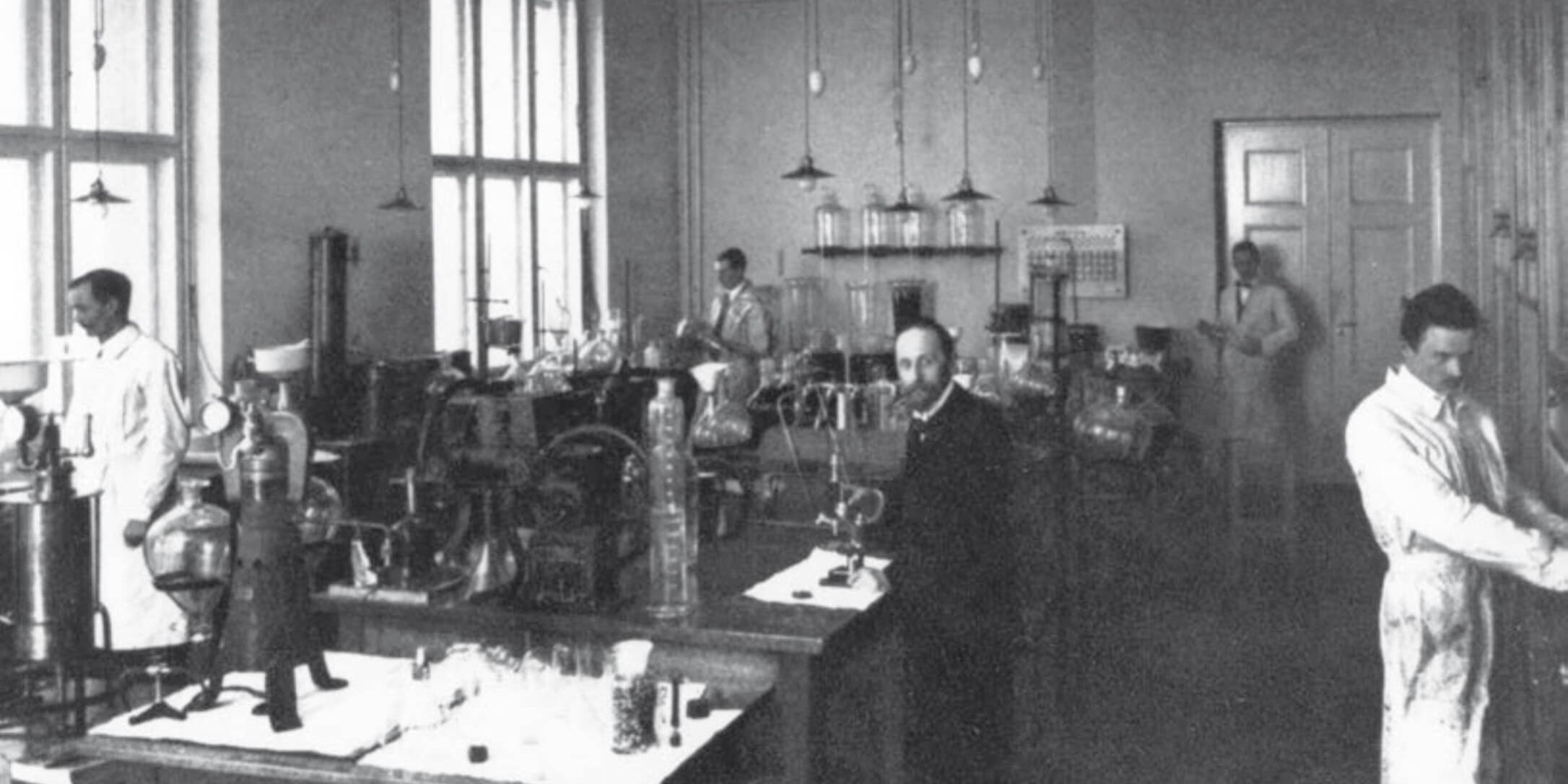ChemXpro has a mission: Play a crucial role in addressing challenges related to circularity and sustainability in various industries, including manufacturing, energy, and materials. We like to execute our projects “As simple as possible, as complex as necessary”. To tackle these challenges effectively, we make use of the following strategies
We Embrace Circular Economy Principles:
- We help to shift from a linear “take-make-dispose” model to a circular one that focuses on reducing waste, reusing materials, and recycling resources.
- We design products and processes with an emphasis on longevity, reparability, and recyclability and are big fans of BFL as well
Green Chemistry and Process Optimization:
- We adore, develop and adopt green chemistry principles that aim to minimize the use and generation of hazardous substances, waste in particular, during chemical processes.
- We optimize chemical processes to reduce energy consumption, emissions, and waste generation. We do so daily and it’s even something you could wake us up for at night.
Renewable Resources and Alternative Feedstocks:
- We explore and utilize renewable feedstocks, such as biomass and waste streams, to replace or supplement traditional fossil-based raw materials.
- Investigate innovative methods for converting CO2 into valuable chemicals, starting from C1 molecules to complex structures. And you know what, most of the technologies to do this already exist, it’s just a matter of improving and combining these holistically and effectively. That’s where we come in.
Energy Efficiency and Sustainable Energy Sources:
- Implement energy-efficient technologies and practices to reduce energy consumption and greenhouse gas emissions.
- Transition to sustainable energy sources like solar, wind, or hydropower for manufacturing processes.
- Ensure that industries perform optimally using energy sources from #2
Waste Minimization and Resource Recovery:
- Develop strategies to minimize waste generation and explore ways to recover and reuse valuable by-products or waste streams.
- Consider waste-to-energy technologies to derive energy from waste materials.
Collaborate with Stakeholders:
- Engage with suppliers, customers, and regulatory bodies along the value chain to establish sustainability standards and requirements.
- Collaborate with research institutions, NGOs, and industry associations to share knowledge and best practices.
- Do so in a pleasant, respectful and perhaps when possible in a funny way.
Research and Innovation:
- We encourage to invest in research and development to create more sustainable materials, chemicals, and processes.
- Explore innovative technologies, such as 3D printing and nanomaterials, to reduce resource consumption and waste.
Regulatory Compliance and Reporting:
- We stay informed about environmental regulations and ensure full compliance.
- We help to be transparent about sustainability efforts by reporting progress and achievements.
Training and Culture:
- We love a culture of continuous learning and development and make sure that Chemploy (our peoples company) does so!
- We educate and train our employees on sustainability principles and best practices. Because we want it, it’s rewarding
- We foster a culture of sustainability within the organization we work for to encourage continuous improvement.
Customer and Market Alignment:
- Understanding comes first in #SFTC. We work closely with customers to understand their sustainability requirements and preferences asking questions and bringing answers to the table.
- We adapt and tailor and services to our client demand for eco-friendly and sustainable solutions.
Evaluate and foster Continuous Improvement and Measurement:
- Evaluation, that’s step #4 of SFTC. That means we regularly assess and measure the environmental and social impacts of solutions & operations.
- We set clear goals and track progress over time.
No Waste but Value:
- Investigate opportunities to convert waste into value-added products through innovative technologies like upcycling, recycling and the creation of secondary markets for by-products.
In summary, we acknowledge that we have to adopt a holistic approach to tackle challenges related to circularity and sustainability. By implementing these strategies, we can reduce their environmental footprint, enhance resource efficiency, and contribute to a more sustainable and circular economy. These efforts not only benefit the planet but have proven to lead to cost savings and increased competitiveness in the long and short run.

